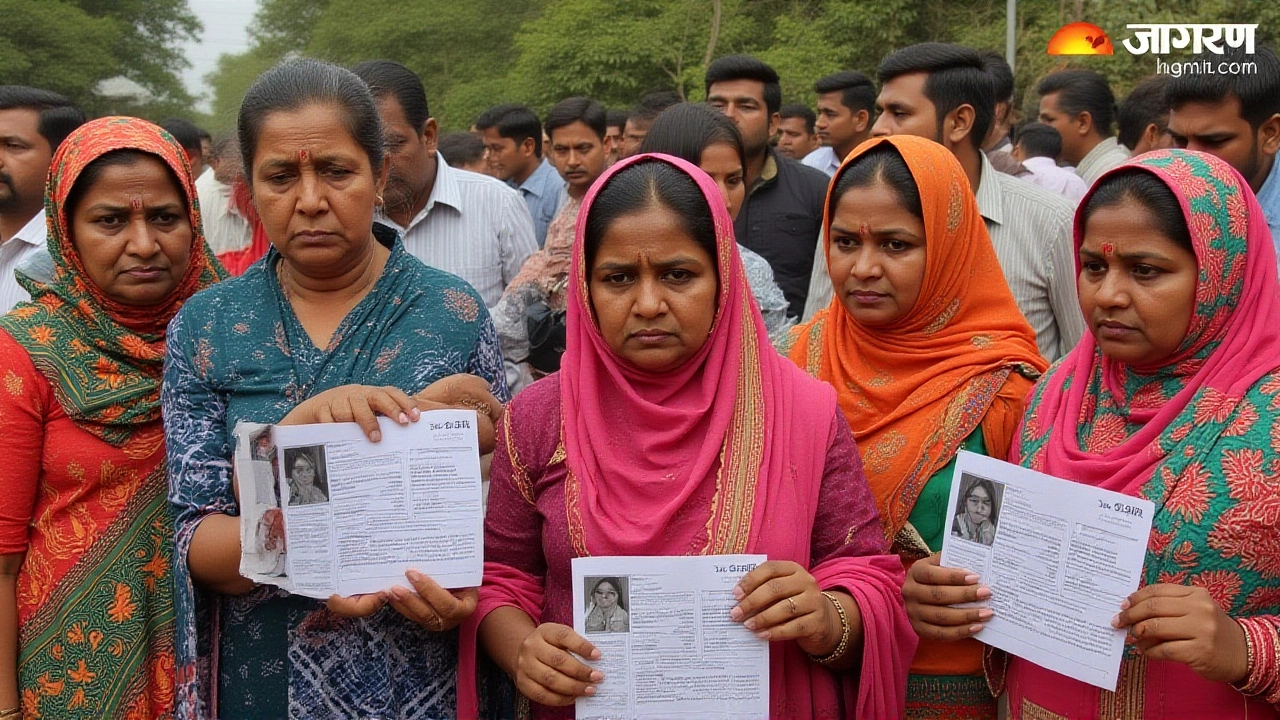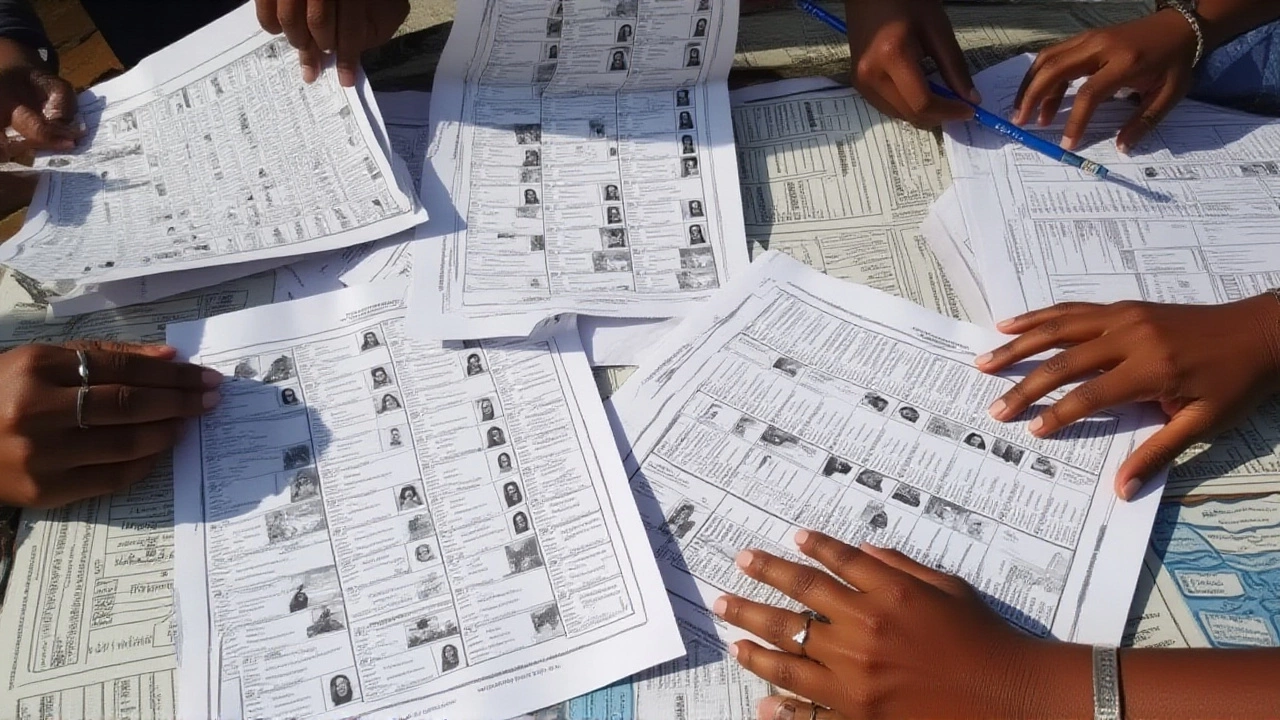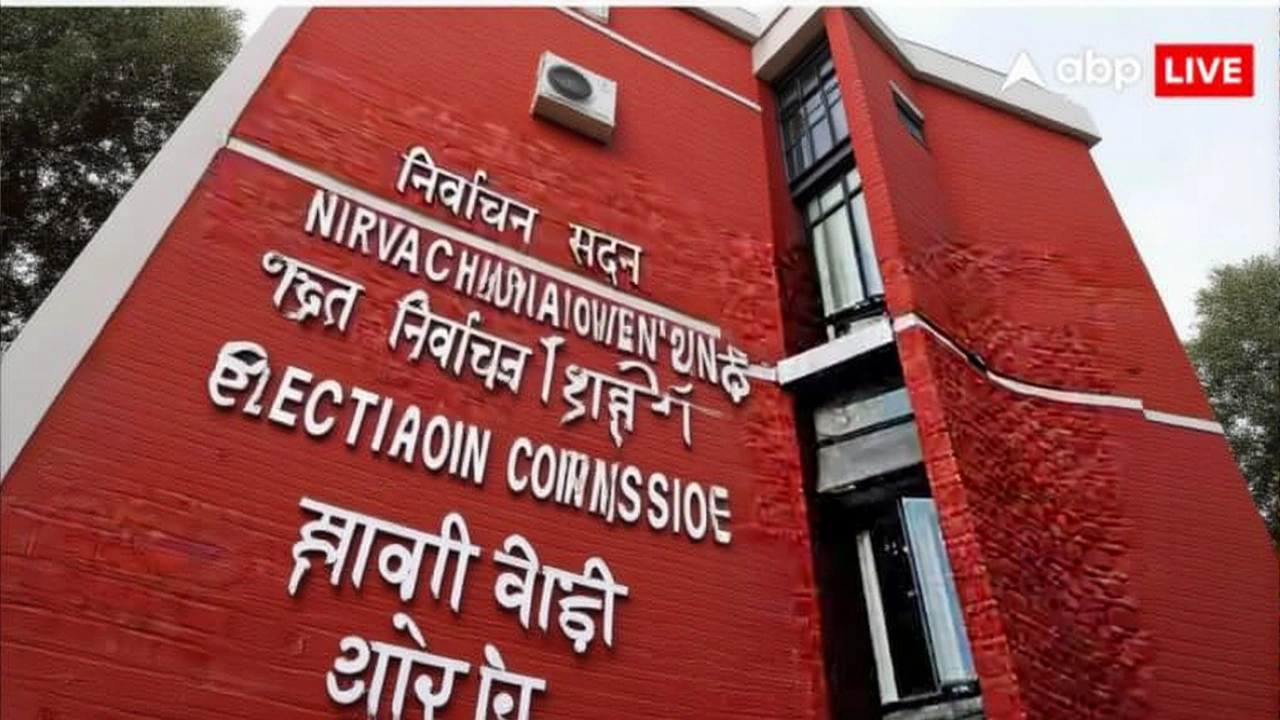Election Commission Launches Massive Voter Roll Update Covering 51 Crore Indians
 Nov, 23 2025
Nov, 23 2025
The Election Commission of India has launched its largest-ever voter roll update, beginning November 4, 2025, across nine states and three union territories—reaching nearly 51 crore electors. This isn’t just administrative housekeeping. It’s a foundational reset for India’s democracy, ensuring that every eligible voter is counted—and only those eligible are counted. The Special Intensive Revision (SIR) Phase-II spans 321 districts and 1,843 Assembly Constituencies, from the tea gardens of Assam’s bordering districts to the coral islands of Lakshadweep. House-to-house visits by Booth Level Officers (BLOs) have already begun, with forms being delivered in person—thrice, by mandate—to every household. The twist? These forms aren’t blank. They’re partially pre-filled, using existing data, but they demand verification. And that’s where the real work starts.
Why This Revision Matters More Than Ever
Electoral rolls in India haven’t been comprehensively updated since 2020 in many areas. Since then, millions have turned 18, migrated for work, passed away, or changed addresses. In rural Uttar Pradesh, for instance, an estimated 1.2 million voters moved out of their registered wards in the last five years. In Kerala, over 300,000 names on the rolls were flagged as duplicates. The Election Commission of India doesn’t just want accuracy—it needs integrity. With general elections looming on the horizon, any mismatch in voter lists could fuel disputes, delays, or worse, disenfranchisement. This isn’t a bureaucratic chore. It’s a safeguard.
The Mechanics of a Nationwide Door-to-Door Census
Every household in the 12 affected states and UTs received a unique Enumeration Form (EF) by November 4. Printed in 18 languages, the EFs include pre-filled names, addresses, and voter ID numbers pulled from the voters.eci.gov.in database. But here’s the catch: if your name isn’t there—or if someone else’s name is listed under your address—you must correct it. BLOs aren’t just dropping off forms. They’re knocking on doors three times: once to deliver, once to follow up, and once to collect. In remote parts of Andaman and Nicobar, BLOs are using boats. In the highlands of Tamil Nadu, they’re hiking trails. In Puducherry’s crowded lanes, they’re using mobile apps to log visits in real time.
Electors can check their status online, but the Commission knows not everyone has internet access. That’s why the toll-free helpline 1950 (with your STD code) is staffed 12 hours a day. The ECINet App lets users book a call with their BLO—a feature that’s seen a 400% spike in usage since October. In Gujarat, over 800,000 calls have already been logged. In Rajasthan, BLOs are using QR codes on printed notices to link directly to update portals.
Who’s Affected—and Who’s Not
The list of affected states is deliberate: Chhattisgarh, Goa, Gujarat, Kerala, Madhya Pradesh, Rajasthan, Tamil Nadu, Uttar Pradesh, and West Bengal. These are states with high population density, significant migration flows, or past discrepancies in voter rolls. Uttar Pradesh alone accounts for nearly 14 crore voters—the largest single electoral bloc in the world. The three union territories—Andaman and Nicobar Islands, Lakshadweep, and Puducherry—are included because of their unique demographics: island communities with seasonal migration, expatriate workers, and overlapping administrative jurisdictions.
But here’s what’s missing: Delhi, Maharashtra, and Punjab. They were covered in Phase-I. Bihar, which completed its SIR in September, saw 2.7 million names removed for duplicates and 1.9 million added for new voters. That’s the model. And the results? A 98.4% verification rate in Bihar. The Commission is betting the same will hold here.

The January 1, 2026 Deadline
Everything hinges on one date: January 1, 2026. That’s the qualifying date. If you’re alive, eligible, and registered by then, you vote. If you’re not, you’re out—unless you appeal before February 15. The Kerala Chief Electoral Officer made this explicit in Order 23/2025-ERS, issued June 24, 2025. It’s not just a deadline. It’s a cutoff. And the clock is ticking. In Tamil Nadu, BLOs are already flagging elderly voters who passed away in October—names that would’ve lingered on rolls for years without this push.
What Happens After December 4?
After the enumeration ends on December 4, the real cleanup begins. The Election Commission of India will cross-check names against Aadhaar, death records, and migration databases. Duplicate entries will be purged. Missing names will be added. A provisional roll will be published by January 10, 2026, followed by a 15-day window for objections. Final rolls go live on February 28, 2026. This isn’t just about the next election. It’s about building a system that can scale, adapt, and remain trustworthy in an era of digital misinformation.

Historical Context: A Pattern of Reform
This isn’t the first time India has overhauled its voter rolls. The last major revision was in 2020, following the 2019 general elections. Before that, the Commission conducted SIRs in 2015 and 2011. Each time, the process was met with skepticism—from politicians wary of disenfranchisement to citizens afraid of being erased. But each time, the data improved. In 2015, over 5 million fake names were removed from Uttar Pradesh’s rolls. In 2011, the Commission used fingerprint verification in Jharkhand for the first time. Now, it’s using AI-assisted matching to flag anomalies. The technology is sharper. The coordination is tighter. And the stakes? Higher than ever.
Frequently Asked Questions
How do I know if my name is on the updated voter list?
Visit voters.eci.gov.in and enter your voter ID, name, or father’s/husband’s name. You can also SMS your voter ID to 1950. If your name isn’t listed or has errors, you must submit a correction form through the ECINet App or your local BLO before December 4. Over 85% of users who checked their status in Bihar found minor errors—most were easily fixed.
What if I’m away from home during the enumeration period?
If you’re a migrant worker or student, you can apply for inclusion in your current location’s electoral roll using the online portal on services.india.gov.in. You’ll need proof of residence and ID. Alternatively, you can file Form 6 to transfer your registration. The deadline for this is January 15, 2026. In Kerala, over 400,000 applications were filed last year by students and migrant laborers.
Why is January 1, 2026, the qualifying date?
The date was chosen to give the Commission six weeks after enumeration ends to verify, cross-check, and publish provisional rolls. It aligns with the legal requirement to finalize voter lists at least 60 days before any election. This date also avoids the monsoon season in southern states and the winter migration in northern ones, ensuring maximum accuracy. It’s a logistical milestone, not an arbitrary deadline.
Can I still register if I missed the enumeration window?
Yes—but only until February 15, 2026. You’ll need to file Form 6 with proof of residence and identity. After that, no new registrations will be accepted until the next revision cycle. The Commission expects over 10 million late applications, especially from newly turned 18-year-olds. Processing will take up to 45 days, so early submission is critical.
How is this different from the 2020 voter roll update?
This time, the Commission is using AI to flag duplicates across states—something not possible in 2020. They’re also integrating data from the National Population Register and death certificates in real time. In 2020, BLOs visited homes twice; now, it’s three times, with photo verification. Over 90% of forms are pre-filled using digital records, cutting human error. The scale is bigger, the tech is smarter, and the accountability is tighter.
What happens if my name is removed incorrectly?
You can file an objection between January 10 and January 25, 2026, through the online portal or your local Electoral Registration Officer. The Commission has set up 1,200 dedicated grievance cells across the 12 states. In Bihar, 92% of disputed removals were reversed after review. Don’t wait—act as soon as the provisional roll is published.
